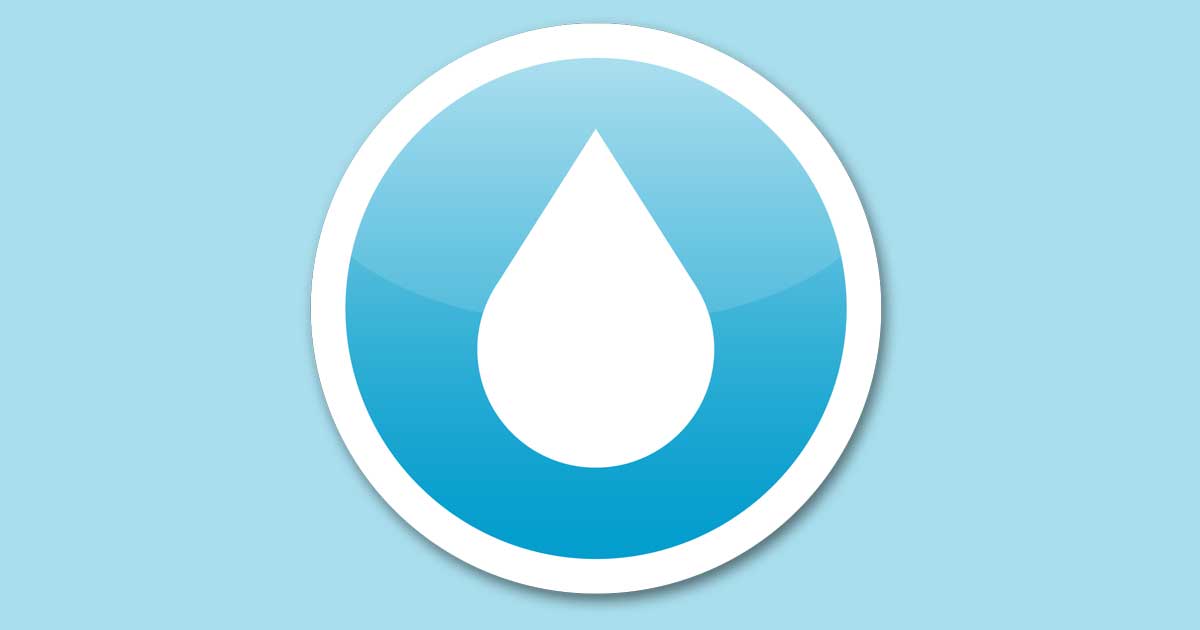STEP 1 Locate your meter box, generally found towards the front of a property, near the street. The box is typically in a direct line with the main outside faucet. It is housed in a concrete box usually marked "water". Remove the lid by using a tool such as a large screwdriver. Insert the tool into one of the holes and carefully pry the lid off.
STEP 2 Once you open the meter box lid, lift the protective cap on the meter. On the face of the meter, there is a large dial and a display of numbers. For the residential meter, each rotation of the dial measures 10 gallons. Read the number display from left to right. Be sure to include the stationary zero. This is your meter reading. Meters measure water in gallons. Charges for the amount of water consumed are rounded to the nearest tenth of a gallon used during a billing period. Compare that reading to what your bill states as your current or present reading.
STEP 3 Keep in mind that you might be checking your meter on a date different from the one used for billing. This could result in a difference in the amount you find, compared with the amount on which your bill is based. However, if your reading is considerably higher than what is on your bill, check for a leak or try to determine the source of large water use. If your reading is significantly lower than the reading on your bill, please contact us and let us assist you in determining the problem.
WATER LEAKS & DETECTION
Studies show that dripping faucets and leaking toilets account for as much as 14% of all indoor water use, equivalent to 10 gallons per person of water lost per day.
Read Your Water Meter
- Use your water meter to check for leaks in your home
- Start by turning off all faucets and water-using appliances and make sure no one uses water during the testing period.
- Take a reading on your water meter, if you check back in 10 - 20 mintues and the dial moved, you have a leak.
Check for Leaky Toilets
- The most common source of leaks is the toilet. Check toilets for leaks: flush the toilet you are testing, keep the water to the toilet on than placing a few drops of food coloring in the tank.
- If after 15 minutes or over night the dye shows up in the bowl, the toilet has a leak.
- Leaky toilets can usually be repaired inexpensively by replacing the flapper
Check for Leaky Faucets
- The next place to check for leaks is your sink and bathtub faucets.
- Dripping faucets can usually be repaired by replacing the rubber O-ring or washer inside the valve.
